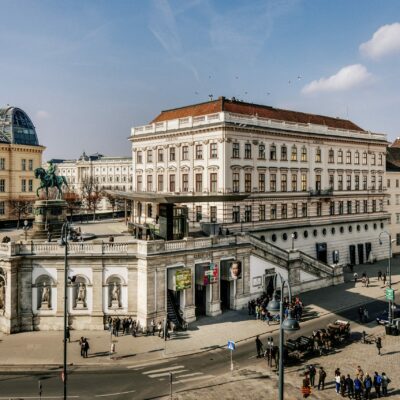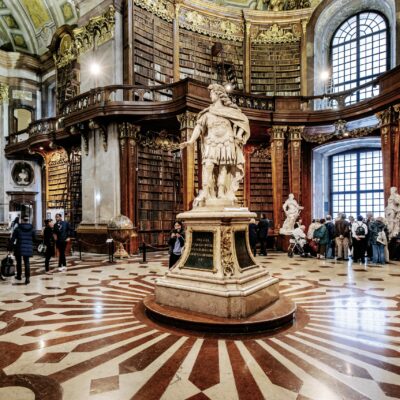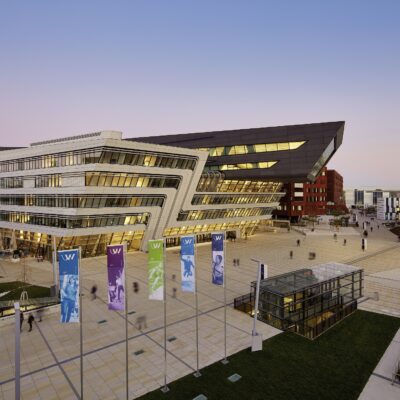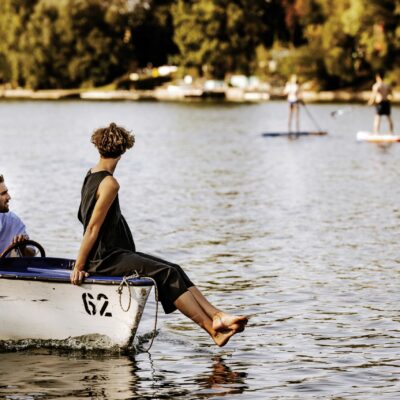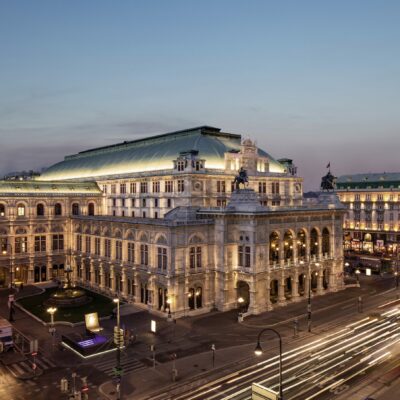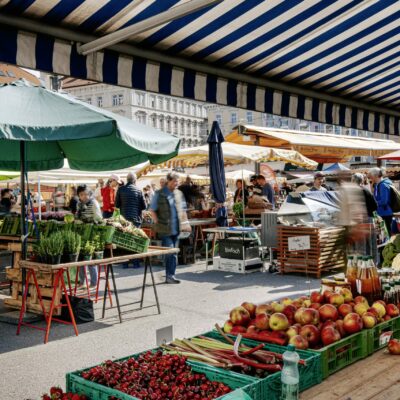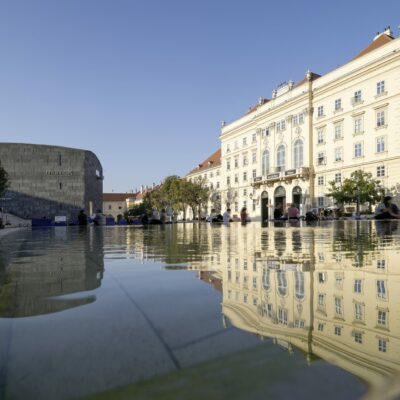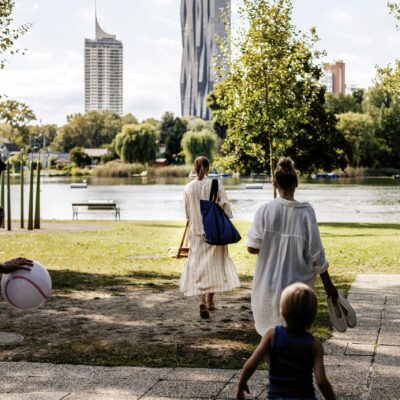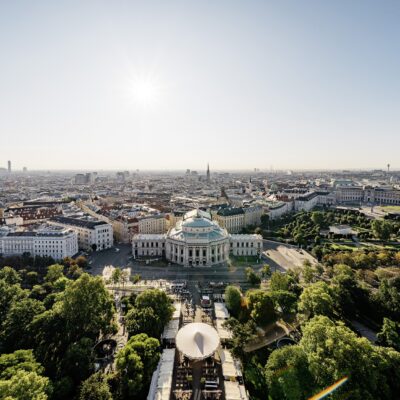- Home
- News
- Projects
- Sugestopedija
- Skopje Creative Point is Officially Opening!
- Cultart PRO 2025
- Cultart with a second edition in 2025 – Cultart PRO
- Cultart PRO supports excellence in cultural management in Europe
- Applied Arts Skopje, Photography – Day 1 | The MARATHON
- Applied Arts Skopje, Photography – Day 2 | Orienteering
- Applied Arts Skopje, Photography – Day 3 | FRIENDLY MATCH
- Applied Arts Skopje, Photography – Day 4 | BASE CAMP
- Applied Arts Skopje, Photography – Day 5 | HOME RUN
- CULTART project
- Coming Soon: A Cultural Revolution Begins!
- Cultart Book
- CultArt in the News
- Cultart Cities
- Cultart News
- CultArt in the News
- Festivals Programme | Day 5
- Festivals Programme | Day 3 & 4
- Festivals Programme | Day 1 & 2
- Performing Arts Programme | Day 3 & 4, and 5
- Performing Arts Programme | Day 1 & 2
- Skopje Applied arts programme | Day 5
- Skopje Applied arts programme | Day 4
- Skopje Applied arts programme | Day 3
- Skopje Applied arts programme | Day 2
- Skopje Applied arts programme | Day 1
- Applied art program in Skopje organized by Cultart
- Visual Arts Programme | Day 5
- Visual Arts Programme | Day 3 & 4
- Visual Arts Programme | Day 1 & 2
- Updates for the Bulgarian candidates and the Festivals Programme training
- Design & Architecture Programme | Day 5
- Design & Architecture Programme | Day 3 & 4
- Design & Architecture Programme | Day 1 & 2
- The Group of Participants in the Design and Architecture Programme
- STEM Education Platform (SAPPHIRE)
- SMART SCHOOL
- Study in Bulgaria
- About Us
- Areas
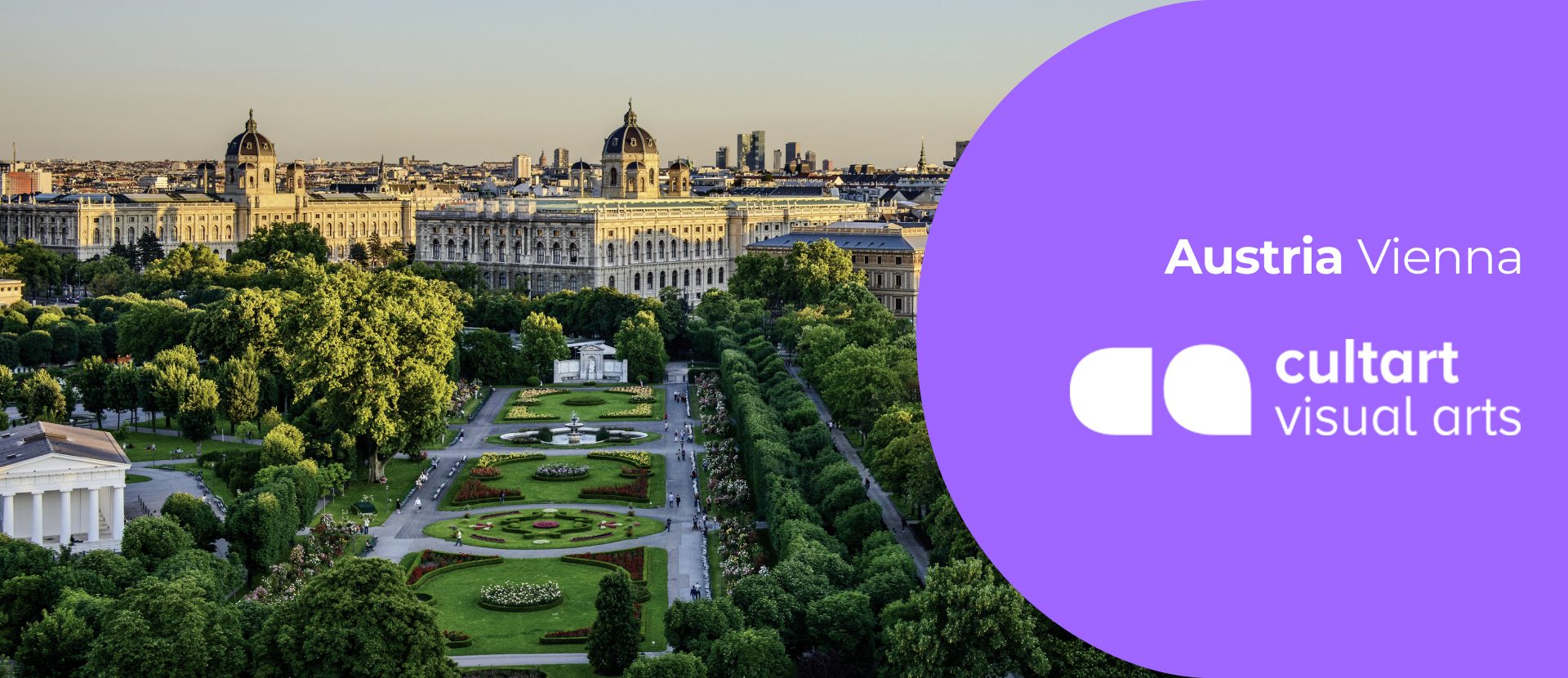
#unitevisualarts

Visual Arts Programme
Unite people around the cultural heritage of Vienna and face the true beauty of phenomenal art collections. Get creative and master the art of curating extraordinary exhibitions and shows.
During the Cultart programme of management in Visual Arts the international groups of 25 young cultural managers will meet up to 10 key speakers, experts and practitioners, who will mentor the 10 specified modules of the Cultart programme – Cultural Innovations, Business & Entrepreneurship, Management & Administration, Project Development, Fundraising, Leadership, Conflict Management, Media & Communication.
What is essential to the Cultart programmes is the Cultart Case Study Challenge when the group will have the chance to participate in the real working process of a cultural organization in the field of visual arts in Austria. The Case Study Organization will outline its main tools and models, the current work and projects, and will give a specific ‘challenge’ to the group. The Case Study Challenge is the final exercise where the group can present its new skills of giving cultural management solutions.
Manage locally, art globally
Overview of the situation in the creative and cultural sectors in Austria during the Covid-19
At the end of 2019, the cultural and creative economy was a European heavyweight with a turnover of €643 billion and a total added value of €253 billion in 2019, the core activities of the Cultural and creative industries (CCIs) represented 4.4% of EU GDP in terms of total turnover. The economic contribution of CCIs was greater than that of telecommunications, high technology, pharmaceuticals, or the automotive industry. At the end of 2019, CCIs employed more than 7.6 million people in the EU-28, and they have added approximately 700,000 (+10%) jobs, including authors, performers, and other creative workers, since 2013. Between 2013 and 2019, the CCI sectors experienced constant growth rates.
The virus and its mutants have not allowed us to meet in larger groups or gather as an audience without significant risk to our health. These invisible enemies have made it impossible to gather in theatres, cinemas, concert halls, galleries, and museums to do what we all love: experience and enjoy art together.
In Austria and Vienna in particular, serious measures were taken to endorse all those who make art, who have decided to dedicate their energy to artistic creation. All the cultural infrastructure that has been developed, built and established over the past years and decades should survive these difficult months unscathed.
In 2020, additional budget funds flowed directly from the federal government’s Covid-19 crisis management fund to artists, the federal museums, the National Library, the Federal Theatre Group, and to non-profit organizations.
In 2021, thinking started about the post-pandemic period and setting up measures: From Stage to Video promotes streams and videos of cultural events, Fresh Air – Art in the Open Air supports outdoor cultural formats. Perspectives. Innovation.
Art aims at new artistic and cultural fields of activity. And under the title Comeback Audience, activities for the retention and participation of existing and new audiences took place. A separate investment program is designed to make cultural organizers fit for the new start and to help modernize infrastructure.
Impact Goal 2: The engagement with art and culture is an essential factor for the high quality of life of a society. Art and culture are part of Austria’s self-image and traditionally also provide essential impulses for the economic development of the country. The tangible and intangible cultural heritage holds broad potential for sustainable social development and represents an essential basis for the future direction of society.
With creativity and ingenuity, ways to reach the audience were sought and found during the lockdowns. Videos and streams, online visits to museums, education programs in the living room, apps and hashtags, and events were moved outdoors. If the arts and culture budget for 2020 is analyzed according to departments, the expenditure amounts to approximately € 447.014 million.
The measures taken by the federal government against the impact of the Coronavirus on cultural life are unprecedented for Austria. Here are some examples:
Covid-19 Fund. The Covid-19 Fund of the Artists’ Social Insurance Fund was set up as a culturally specific support option to compensate for the loss of income caused by closures and cancellations. This fund initially enabled all those working in the arts and culture to receive the support of € 1,000. The Covid-19 Fund was endowed with up to € 20 million as of 31 December 2020 and was intended to ensure rapid assistance. Benefits from this fund can also be drawn in 2021. For this purpose, the fund was increased to € 40 million. Artists’ Social Insurance Fund Act as well as the associated guidelines concerning the fund.
Bridging fund for self-employed artists. The Bridging Financing Fund for Self-employed Artists was accessible to those persons who create, practice, mediate, teach art and culture and are insured with the Social Insurance for Self-employed Persons. The total volume of the fund amounted to € 110 million as of 31 December 2020 and is handled by the SVS. Benefits from this fund can also be drawn in 2021.
Non-Profit Support Fund. The NPO fund provided cost subsidies for non-profit organizations to cushion revenue losses. In addition, an NPO lockdown grant was made available, which was structured analogously to the lockdown revenue replacement and was paid in 2021. Benefits from this fund can also be drawn in 2021.
Protective umbrella for events provides subsidies for financial disadvantages resulting from a Covid-19 related cancellation or restrictions of future events. A total of € 300 million has been made available for this purpose.
Fixed cost subsidy, open to all profit-oriented enterprises, commercial cultural enterprises or enterprises as well as EPUs, was possible up to 100 %. In addition, a default bonus was created, which was paid out in 2021.
Lockdown turnover replacement was available to businesses as well as EPUs. Directly affected cultural businesses were reimbursed 80% of turnover in 2020 for the November lockdown and 50% in December. Indirectly affected as artists were covered by the same thresholds.
Comeback grant for film and TV shooting, independent film production companies were enabled to continue filming of cinema and TV productions that were interrupted or postponed due to Covid-19. A total of up to € 25 million in subsidies has been made available for this purpose.
The COVID-19 crisis will have a massive and lasting impact on the entire CCI value chain. Consumers’ expense on digital models does not compensate for the loss of revenues generated in physical sales of books, video games, newspapers, and events in most sectors. In the music sector, physical sales (CDs and vinyl) will be down by 35%, while digital revenues for the recorded music industry are expected to grow by only 8%. The same trends apply for film with a drop of revenues generated by cinemas estimated so far at -75% in 2020.
In the absence of a significant resumption of offline production, distribution and promotion operations in 2021, the ability of the cultural creative sector to maintain and increase investment in new projects, creation and innovation will be seriously compromised.
In a recent EY Future Consumer Index, 46% of respondents said they would not feel comfortable going to a concert for several months, and 21% said they would not feel comfortable going for several years.
Sources:
Executive summary
Rebuilding Europe: the cultural and creative economy before and after the COVID-19 crisis EY 2021
Kunst- und Kulturbericht, Bundesministerium für Kunst, Kultur, öffentlichen Dienst und Sport, Sektion für Kunst und Kultur, Vienna 2021
Ed. Clearly Culture Kulturverein, Vienna 2022
Team Vienna
Along with creating compact intense hands-on programs for different cultures and target groups of learners, Clearly Culture has specialized in topics such as Audience Development, Intercultural Communication, Social Justice, Digital Marketing, Creative Place Making, Community Building as well as accompanying events and discursive formats, designed to connect and enhance dialogue between cultural experts and general audiences. Clearly Culture expertise is at: Analyzing and designing alternative solutions for the Covid-caused severe crisis in the cultural and educational fields; 2. Developing innovative curricula to meet the challenges; 2. Implementing programs and leading training for groups with varying needs and goals; 3. Bridging and mediating between cultures, countries, disciplines, and backgrounds; 4. Supervision, Quality Control, Evaluation, and Management of Outputs.


